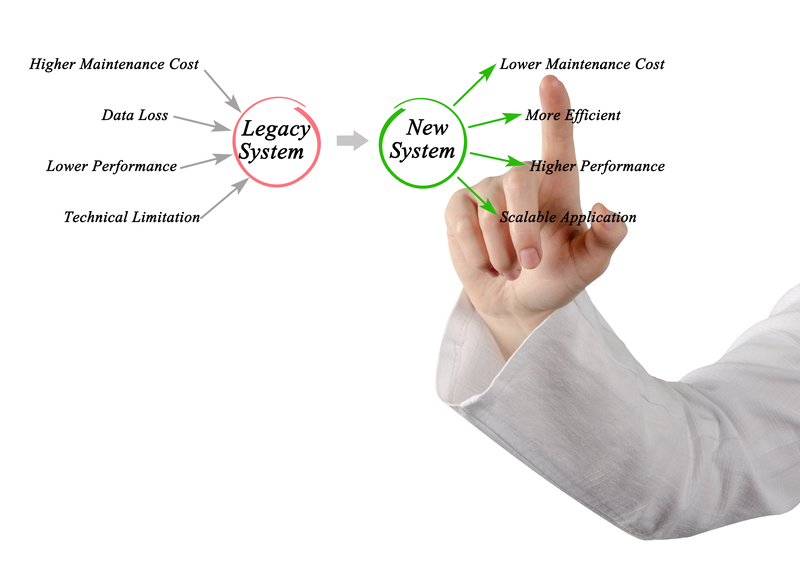Drupal Developer & Consultant - NYC & New Jersey
Hire Drupal Developer - Call: 862-596-0745
How to Migrate to Drupal - Unleash Your Website's Potential

Migrating your website to Drupal
Are you considering migrating your website to Drupal? If so, you're in for a treat! Drupal is a powerful, flexible, and user-friendly content management system (CMS) that can take your online presence to new heights. In this article, we'll explore the benefits of migrating to Drupal and provide you with a step-by-step guide to ensure a seamless transition.
Why Migrate to Drupal?
1. Scalability: Drupal is designed to handle websites of any size, from small personal blogs to large enterprise-level platforms. As your website grows, Drupal scales effortlessly to accommodate your expanding needs.
2. Customization: With its modular architecture and extensive library of modules and themes, Drupal offers unparalleled customization options. Whether you want to create a unique design or add specific functionality, Drupal empowers you to bring your vision to life.
3. Security: Drupal is renowned for its robust security features. With regular updates and a dedicated security team, Drupal ensures that your website remains protected against potential vulnerabilities and threats.
4. SEO-Friendly: Drupal is built with search engine optimization (SEO) in mind. It provides clean, search engine-friendly URLs, easy metadata management, and powerful tools for optimizing your content for better search rankings.
5. Community Support: Drupal boasts a vibrant and active community of developers, designers, and users. This means you have access to a wealth of resources, tutorials, and support whenever you need it.
How to migrate to Drupal - Step-by-Step Migration Guide:
1. Plan Your Migration: Before diving into the migration process, take the time to plan your strategy. Identify the content you want to migrate, determine the necessary modules and themes, and establish a timeline for the project.
2. Choose a Migration Method: There are several methods for migrating to Drupal, including manual migration, using migration modules, or hiring a professional Drupal development team. Consider your technical expertise and the complexity of your website when selecting the most suitable approach.
3. Prepare Your Content: Organize and clean up your existing content to ensure a smooth migration. Remove any outdated or irrelevant information, and ensure that your content is properly structured and formatted.
4. Set Up Your Drupal Environment: Install and configure Drupal on your server or hosting platform. Choose the appropriate version of Drupal based on your requirements and ensure that all necessary dependencies are in place.
5. Migrate Your Content: Begin the actual migration process by transferring your content into Drupal. If you're using migration modules, follow the module's documentation for a step-by-step guide. If you're migrating manually, create new content types and fields in Drupal to match your existing content structure.
6. Test and Validate: After completing the migration, thoroughly test your Drupal website to ensure that all content has been migrated correctly. Validate links, images, and functionality to guarantee a seamless user experience.
7. Launch and Optimize: Once you're confident that your Drupal website is ready, it's time to launch! Keep an eye on your website's performance and make any necessary optimizations to enhance speed, security, and user engagement.
Migrating to Drupal opens up a world of possibilities for your website.
With its flexibility, scalability, and robust features, Drupal empowers you to create a dynamic and engaging online presence. By following the step-by-step migration guide outlined above, you can ensure a smooth transition and unlock the full potential of your website.
So, what are you waiting for? Start your Drupal migration journey today and witness the transformation of your website!
Remember, the Drupal community is always here to support you along the way. Happy migrating! Contact us for a free assessment or call 973-433-0723
